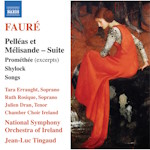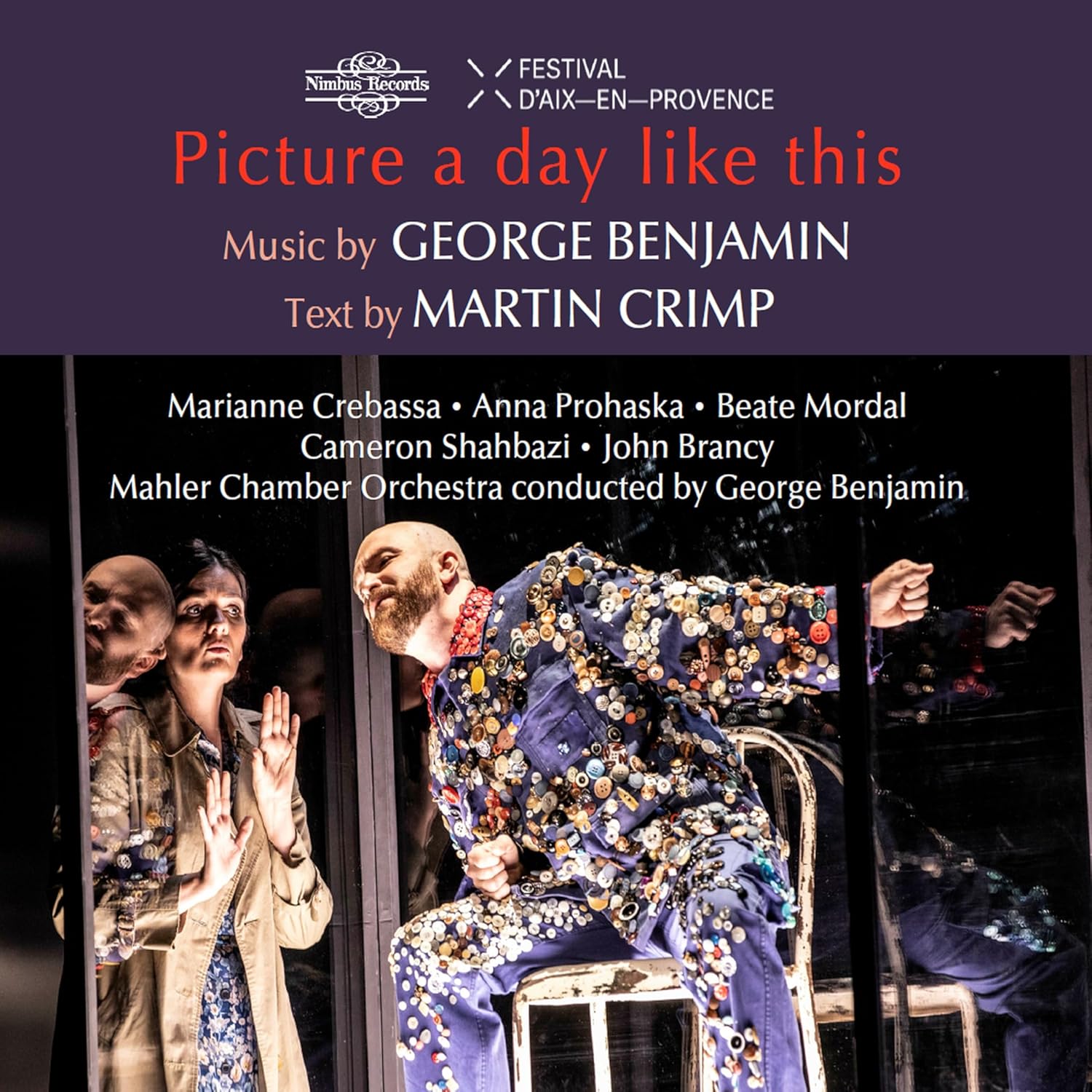
Paul Hindemith (1895-1963)
Symphonia Serena (1946)
Symphonic Metamorphosis of Themes by Carl Maria von Weber (1943)
Suisse Romande Orchestra (Symphonia), Stockholm Philharmonic/Antal Doráti (Weber)
rec. live, 3 November 1969, Victoria Hall, Geneva, Switzerland(Symphonia), 24 October 1969, Salle Pleyel, Paris (Weber)
Antal Doráti Society ADL329 [52]
The indefatigable Antal Doráti Centenary Society have helpfully brought together a couple of Doráti’s live performances of Hindemith on a single disc. Each were previously released by the Society on discs containing the wider programme they were part of (ADL 206 and 275). It makes sense to put them on a single album not just because of the composer. The two works here were both written in the USA separated by only three years or so, and Doráti’s performances were given within a fortnight of each other in France and Switzerland.
Doráti conducted the first performance of Hindemith’s Symphonia Serena in 1947 with the Dallas Symphony Orchestra, who commissioned it, but never made a commercial recording. Hindemith had received American citizenship not long before and it’s not fanciful to see the serenity of the work’s title being a reflection of his new stable postwar state. Be that as it may, the lead up to the premiere was far from serene. Hindemith was swamped with teaching at Yale and only completed the composition at the last minute, with some of his students helping with the copying of parts. Although the score and parts reached Dallas in time for the scheduled date and the performance by Doráti was well received, Hindemith had declined to attend, because he felt the publicity material put out before the concert focussed too much on Doráti and the orchestra, and not enough on the composer. It would be unsurprising then if Doráti perhaps had mixed feelings about the piece, but here he is just over twenty years later leading a sunny performance with what sounds like a well-rehearsed Suisse Romande Orchestra. They seem to relish the unusual scoring of the middle movements and the spotlight it provides for winds and percussion only in the second, and strings divided into arco and pizzicato groups in the third. The second movement, which Hindemith described as a ‘paraphrase’ of a military match by Beethoven, is a particular delight here, an exuberant scherzo, where Doráti cleverly appears to give the players some licence. He keeps a noticeably impressive grip of the tricky contrapuntal writing of the Finale however, and the orchestra respond excellently, the essential rondo nature of the movement always maintained. The warm applause at the end feels fully merited. The Swiss Radio sound is acceptable.
The Symphonic Metamorphosis of Themes by Carl Maria von Weber, composed by Hindemith based on themes from Weber’s recherché four hand piano duets, was premiered three years earlier than the Symphonia Serena in January 1944. It’s a more popular work than the Symphonia and has fared correspondingly better on record. Here it’s the weaker of the two performances. Doráti had been chief conductor of the Stockholm Philharmonic for three years by the time of this concert, so the relationship was well established, but whether it was the demands of a tour and with it possibly compressed rehearsal time and collective tiredness, this is a rather unsubtle account, not always terribly well played. It doesn’t help that the Radio France sound from the Salle Pleyel feels quite constricted. Nevertheless, the Scherzo second movement has the requisite liveliness, as if the players have woken up to what they need to do, and the Marsch finale is boisterous, the horn section playing better as the movement progresses, and crucially Doráti maintains tight rhythmic control. Despite plenty of audience noise during and between movements, there is no applause at the end, so things come to an unexpectedly perfunctory halt. On the whole I suspect this might have been one of those nights where a better experience was had by those in the hall than those tuning in by radio. I can see why Doráti enthusiasts would want this recording, and that is one of the purposes of the Centenary Society of course, but I’m not sure it’s one I would return to often. One final small quibble, the four movements of the work aren’t separately tracked for some reason.
A mixed experience then, but consistently interesting, and as always, I’m very grateful to the Centenary Society for making these releases of a great conductor available to us.
Dominic Hartley
Availability: Doráti Society (email)


















